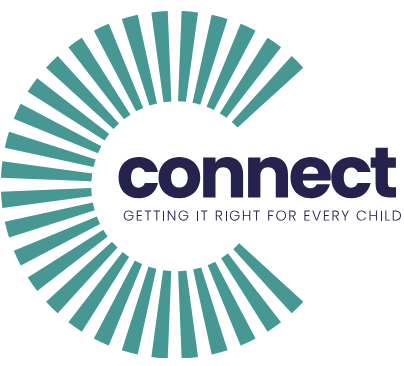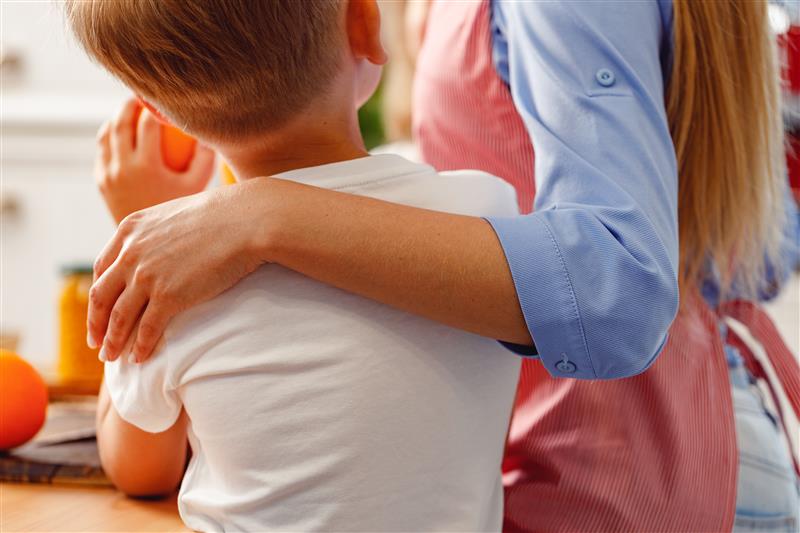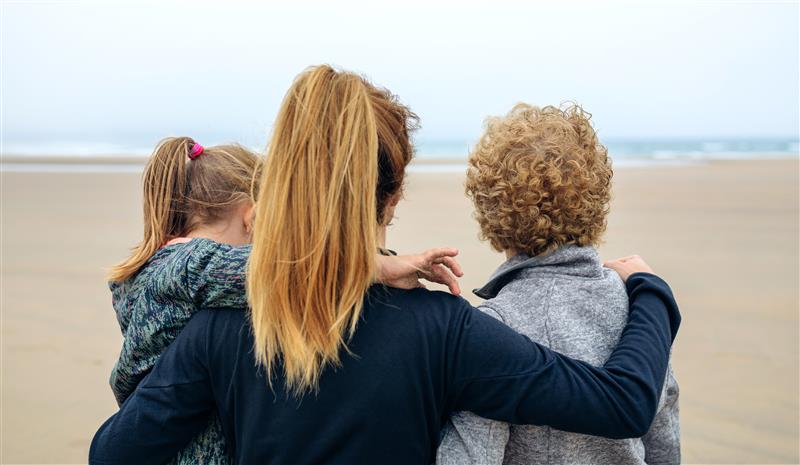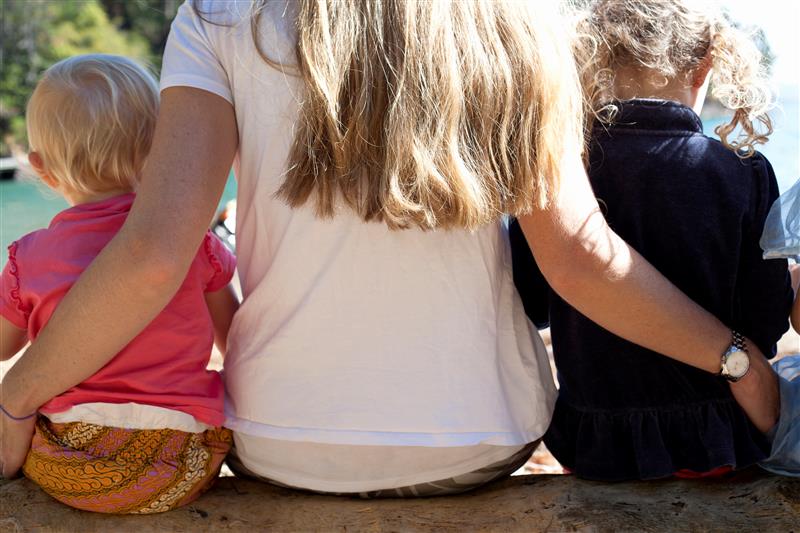Collaboration is at the heart of the Getting It Right for Every Child (GIRFEC) framework. Professionals from different services work together to ensure that every child receives the support they need, no matter the complexity of their situation.
Why Collaboration Matters
No single professional can meet all of a child’s needs. By working together, teachers, social workers, healthcare providers, and others can pool their expertise to create a comprehensive support system. This joined-up approach ensures:
- Early identification of issues
- Consistent and effective support
- Clear communication between all parties involved
How GIRFEC Promotes Collaboration
- Shared Responsibility: GIRFEC encourages all professionals to take shared responsibility for a child’s wellbeing, avoiding duplication or gaps in support.
- Named Person Role: The Named Person acts as a central point of contact, coordinating efforts between professionals and families.
- The Child’s Plan: When additional needs are identified, the Child’s Plan ensures that everyone involved understands their role and responsibilities.
Examples of Collaboration
- A teacher noticing behavioural changes might work with a social worker to identify underlying issues.
- A health visitor may liaise with housing services to address environmental factors affecting a child’s health.
The Outcome of Collaboration
When professionals work together under GIRFEC, children and families receive seamless, effective support. This teamwork not only resolves immediate issues but also creates a stronger foundation for the child’s future.




